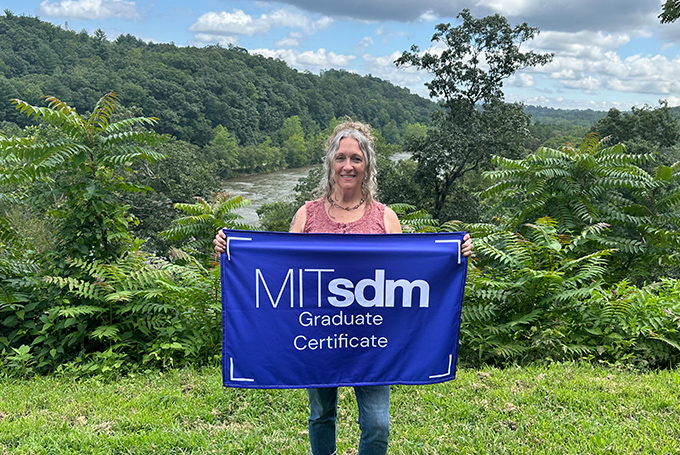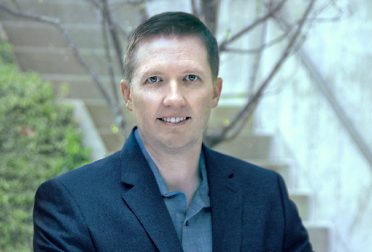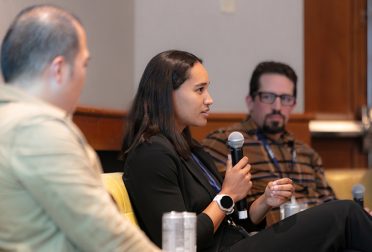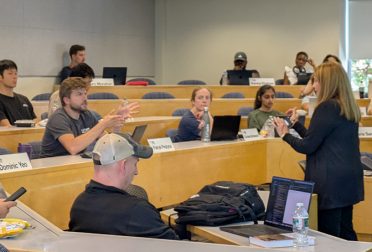Human behavior has always interested Bonnie Novak. She minored in psychology while majoring in aerospace science at Embry-Riddle Aeronautical University, studying system design and how people interact with those systems. When she started her first job at NASA, she learned about space human factors engineering, which seemed to sum up both of these interests. “The Human Factors Engineers who designed systems for aerospace and spaceflight looked at the human interaction with those systems, and at human capabilities and limitations,” she explains. Bonnie’s interest was piqued, and she went on to earn a master’s degree in human factors and applied cognitive psychology at George Mason University.
Her next several jobs focused on these human interactions across fields like aerospace safety, ship design for the Coast Guard, and assessing hazards at the Consumer Product Safety Commission. As a human factors engineer and a consultant to federal government and military acquisition programs, Bonnie worked with experts in all kinds of engineering disciplines. She navigated teams that collaborated across complex system boundaries and integrated these different groups and their fields of knowledge. Bonnie felt that a deeper dive into systems engineering and a fuller perspective of how systems work at a larger, more comprehensive scale were necessary for her to keep managing these teams. That led her to the graduate certificate at MIT System Design and Management.
In the program, Bonnie has had the opportunity to learn directly from her classmates who work in areas where she isn’t as experienced. “Each and every person brings a completely new perspective about how to approach a problem,” she says. “That’s been refreshing.” Even with her involvement across different branches of government, she’s still picking up new ideas. For example, the cohort from John Deere have shown her a new field where AI and machine learning are deployed. She’s also learned a lot from her classmates who are software engineers. “It’s been really interesting, how they apply engineering to something that’s not a tangible product,” she says. Learning from these classmates has also given her a renewed sense of vigor in approaching her work with a fresh perspective.
In addition to new viewpoints, Bonnie has been able to take lessons from class and turn them into action right away, since she’s still working as a consultant while studying in the program. Learning to define system boundaries and scope problems has been immediately useful. She’s also challenged her colleagues to address stakeholder needs and perform user needs analysis. “I’m asking them, ‘Why are we doing this? What’s the end goal, and how can we scope our analysis to meet the intended use?’ It’s been good, using a systems thinking approach in my daily work.”
The flexibility of the graduate certificate allows Bonnie to study from her home in Asheville, North Carolina. She’s managed to balance her consulting work with studying through setting her own system boundaries. There are still challenges to being a remote student. Students in the core class work on projects over the spring semester in teams, and Bonnie would have liked to hash out ideas in the same room with her teammates. This made the residence weeks – for new student orientation in August and a workshop week in January – even more valuable. “I love how even the meals are together and nobody scatters,” she says. “It allows us the opportunity to sit down next to someone and get to know each other as friends and colleagues and establish a support network.”
After the spring projects are over, the graduate certificate students turn to their capstones. This project completed by every certificate student demonstrates how they can use the tools and skills from the core class to tackle a problem they’re facing in their job in real time. Bonnie has teamed up with two other classmates to work on a project for NASA as part of her consultancy.
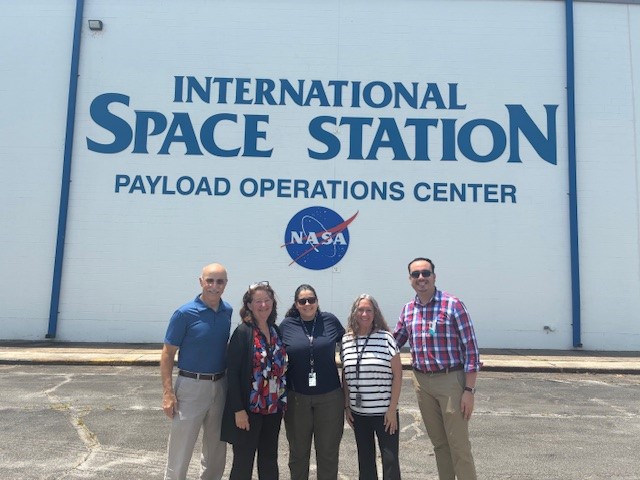
The Safety Preparedness and Resiliency Tracking Activity (SPARTA) is an organizational learning framework established by the NASA Engineering and Safety Center which provides a proactive risk assessment approach using structured task analysis and lived experience to generate evolving FAQs and insights. Bonnie and her team are looking at the framework and doing a process validation. They’ve even had the chance to visit the Marshall Space Flight Center to collect data and observe a team of NASA human factors engineers using the SPARTA principles while running usability assessments on several lunar habitat concept models. “We’re excited to be doing the capstone, but equally as excited to watch several live NASA human factors assessments,” she says.
[From left to right: astronaut Jim Bagian, project sponsor Tandi Bagian, and SDM graduate certificate students Carolina Tostado, Bonnie, and Jose Pablo Favila Rodriguez]
Looking ahead, Bonnie is excited to apply what she’s learned in the graduate certificate to new fields. With the high level overview of systems concepts she’s gained, she can walk into any program or project office and understand how a team should approach their work. Learning from her classmates has also led her to consider expanding her portfolio to new industries and disciplines. With the knowledge and tools she’s gained at MIT and her years of experience, she knows she can bring that valuable perspective anywhere. “I never would have had exposure to what else is out there had I not come to this program at MIT,” she says. “It’s been eye-opening.”

